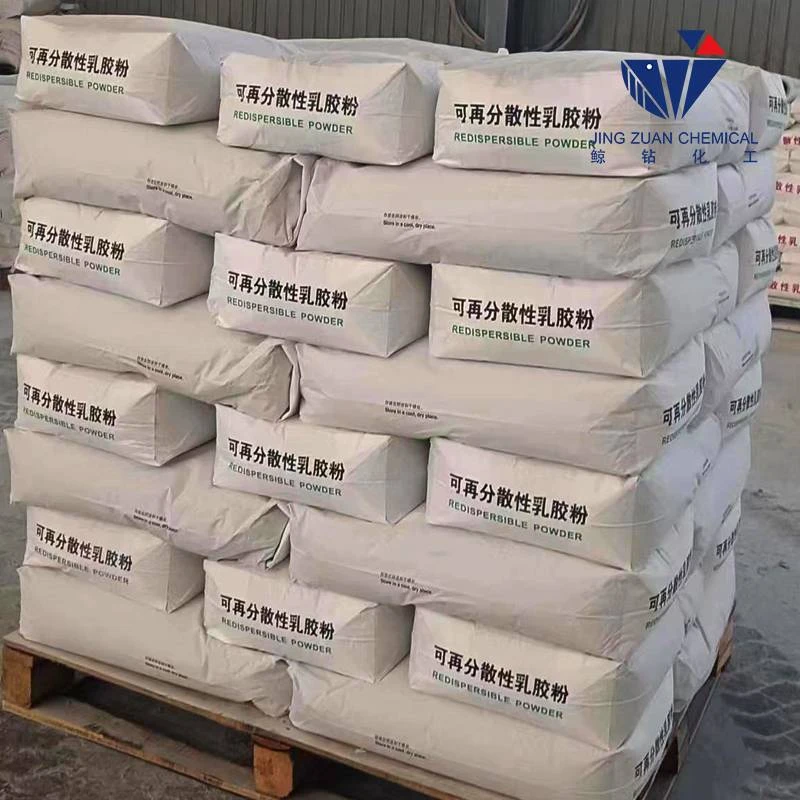
செப் . 30, 2024 17:32 Back to list
Exploring the Applications and Benefits of Cellulose Ethers in Modern Industries
The Versatile World of Cellulose Ethers
Cellulose ethers are a group of polymers derived from cellulose, an organic polymer found in the cell walls of plants. These versatile materials have garnered significant attention in various industries, primarily due to their unique properties and wide-ranging applications. Their modification involves the substitution of hydroxyl groups in the cellulose backbone with ether groups, leading to changes in solubility, swelling, and other physical properties. This article delves into the characteristics, applications, and significance of cellulose ethers in contemporary society.
Characteristics of Cellulose Ethers
Cellulose ethers exhibit several distinctive properties, making them suitable for a plethora of applications. One of the most notable attributes is their solubility in water or organic solvents depending on the type and degree of substitution. Common types of cellulose ethers include methylcellulose (MC), hydroxypropyl methylcellulose (HPMC), and carboxymethyl cellulose (CMC), each with unique characteristics tailored for specific uses.
Methylcellulose is known for its thermoreversible gelation; it can form a gel when heated and revert to a solution upon cooling. This property is particularly useful in cooking and food processing applications. HPMC, having higher hydrophilicity, serves as a binding and thickening agent in pharmaceuticals and personal care products. Meanwhile, CMC functions as a stabilizer and is widely used in the food industry, alongside its applications in paper production, textiles, and oil drilling.
Applications in Various Industries
1. Food Industry
In the food sector, cellulose ethers act as thickening agents, stabilizers, and emulsifiers. They improve the texture and consistency of various products, including sauces, dressings, and baked goods. CMC, for instance, enhances the viscosity of products while also maintaining moisture content, which is vital for freshness and shelf-life.
2. Pharmaceuticals
Cellulose ethers are essential excipients in pharmaceuticals, enhancing the formulation of drugs. They serve multiple roles, including acting as binders in tablet formulations, controlling the release of active ingredients, and improving the solubility of poorly soluble compounds. Their non-toxic nature and compatibility with many pharmaceutical ingredients make them a safe choice for drug delivery systems.
3. Cosmetics and Personal Care Products
cellulose ether

In the cosmetics industry, cellulose ethers contribute to the texture and stability of various products
. They are commonly used in lotions, creams, and gels to ensure an appealing viscosity and uniform distribution of active ingredients. Their ability to form films also helps improve the wear time of cosmetic applications.4. Construction and Building Materials
Cellulose ethers play a crucial role in the construction industry, particularly in the formulation of adhesives, sealants, and mortar. HPMC is often incorporated into cement-based products to enhance workability, improve adhesion, and increase water retention, thereby ensuring durability and long-lasting results.
5. Oil and Gas Industry
The oil drilling sector also benefits from cellulose ethers, where they are employed as drilling mud additives. Their ability to improve fluid viscosity and control filtration can enhance drilling efficiency while minimizing environmental impacts.
Environmental Considerations
As global focus intensifies on sustainability and environmentally friendly materials, cellulose ethers present a renewable and biodegradable option derived from natural resources. Their production process typically involves less energy compared to synthetic polymers, thus reducing the carbon footprint associated with their manufacturing.
Moreover, research into cellulose ethers is continuously evolving to enhance their properties, making them even more useful in emerging applications, including bioplastics and nanocomposites.
Conclusion
Cellulose ethers stand as a testament to the versatility of natural polymers, bridging science and industry in innovative ways. Their ability to fulfill diverse roles across multiple sectors underscores their importance in contemporary applications. As research continues and sustainability becomes a focal point, cellulose ethers are poised to play an even more significant role in our efforts toward a greener future. Whether in food, healthcare, cosmetics, or construction, cellulose ethers remain indispensable ingredients in our daily lives.
-
tile-bonding-additives-for-stronger-bonds
NewsAug.22,2025
-
construction-grade-rdp-for-wholesale-needs
NewsAug.22,2025
-
trusted-wholesale-hec-partners
NewsAug.22,2025
-
hec-solutions-for-industrial-excellence
NewsAug.22,2025
-
construction-additives-need-hpmc-essentials
NewsAug.22,2025
-
hpmc-versatile-cellulose-ether-for-industries
NewsAug.22,2025







